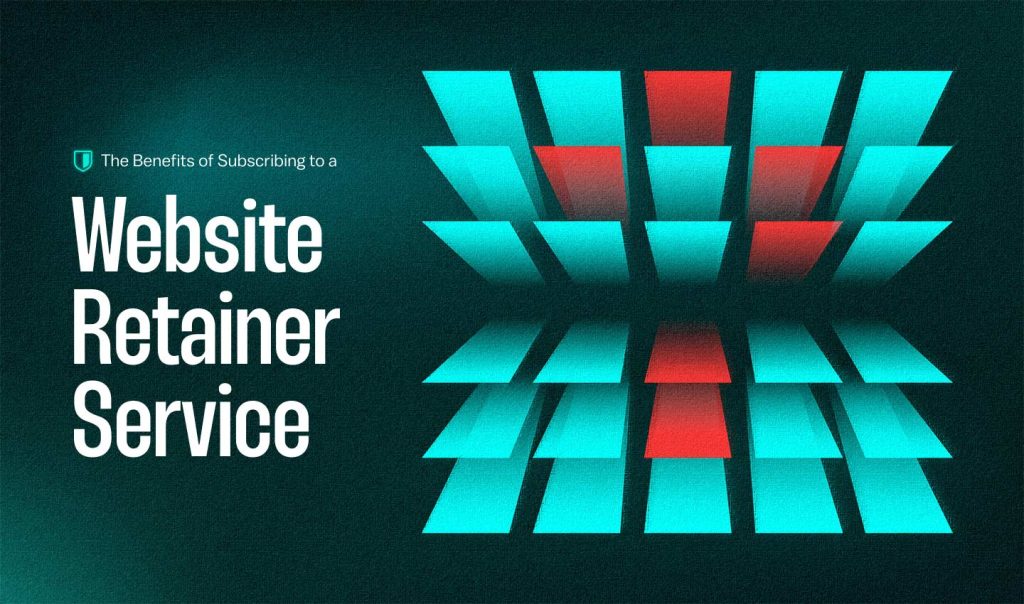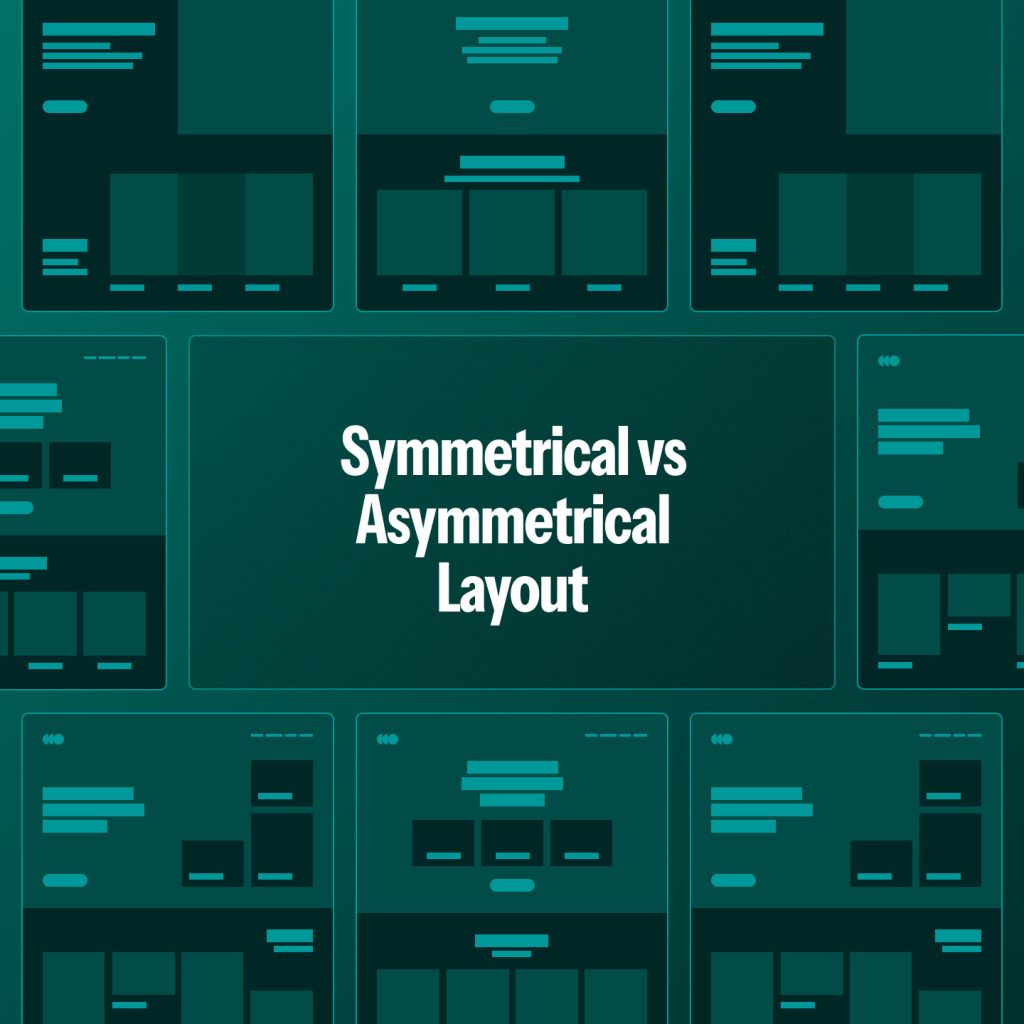Let me tell you a bit about design. It’s all about creating solutions that are both visually appealing and functional. Recently, two design trends have been making waves for their ability to simplify the design while improving functionality — minimalism, and typography.
In this blog post, we’re going to dive into the importance of these two elements in modern design and give you some tips on how to incorporate them into your own work.
The Origins of Minimalism in Design
Minimalism is an art movement that emerged in the 1950s, focusing on simplicity and abstraction. It originated across various design fields, such as architecture, art, and graphic design, with the aim of removing superfluous elements to concentrate on the essentials. Minimalism has since become a crucial aspect of modern design adopted by designers worldwide.
Typography in Minimalism
Typography involves arranging type to make written language legible, readable, and appealing when displayed. As the backbone of the design, typography plays a significant role in minimalistic design by communicating the intended message without additional graphics. The choice of typography can also influence user perception of the design.
The Role of Minimalism and Typography in Modern Design
Minimalism and typography have gained popularity in modern design for their simplicity, functionality, and effectiveness. In today’s fast-paced world with shorter attention spans, minimalism and typography help designers quickly capture attention. They also facilitate clean and uncluttered designs that are easy for users to navigate and understand.
Many companies have successfully integrated minimalism and typography into their designs. Apple, Google, and Airbnb are examples of companies that have embraced these elements to create clean, effective designs that are recognizable and memorable.
Tips for Incorporating Minimalism and Typography in Design
Follow some essential guidelines to incorporate minimalism and typography into your design. For typography, choose fonts that are easy to read with a clean, modern look. Avoid using too many fonts in one design, as this can make it appear cluttered and overwhelming.
Guidelines for Choosing Typography
Typography plays a critical role in minimalist design. The right typeface can make or break a design, so choosing wisely is important. Here are some guidelines for selecting typography for your minimalist design:
- Stick to sans-serif fonts: Sans-serif fonts are easier to read on digital screens and provide a clean and modern look to your design.
- Keep it simple: Choose a typeface that is simple and easy to read. Avoid decorative or ornate fonts that can distract from the message.
- Pay attention to spacing: Ensure adequate space between letters, words, and lines for easy readability and an uncluttered appearance.
Techniques for Using Typography in Minimalistic Design Once you’ve selected the right typography, it’s time to use it effectively in your minimalist design. Consider these techniques:
- Use hierarchy: Create a visual hierarchy using different font sizes, weights, and colors to guide the viewer’s eye through the design.
- Embrace whitespace: Don’t be afraid of whitespace in your design, as it can create balance and focus on essential elements.
- Limit your color palette: Stick to a limited color palette for simplicity and cohesion in your design.
Tools for Creating Minimalistic Designs There are many tools available to help designers create minimalist designs. Here are a few to consider:
- Figma: A collaborative design tool that enables designers to create real-time minimalist designs.
- Canva: A popular graphic design tool that offers a range of templates, fonts, and graphics for creating minimalist designs.
- Adobe Creative Suite: This suite includes several tools such as Photoshop, Illustrator, and InDesign, that are great for creating minimalist designs.
In conclusion, minimalism and typography are powerful design elements that can help you create impactful designs with clear messaging for your audience. When choosing typography for your minimalist design, stick to sans-serif fonts, keep it simple, and pay attention to spacing. Use hierarchy, embrace whitespace and limit your color palette to effectively use typography in your minimalist design. Finally, many tools are available to help you create minimalist designs, including Canva, Figma, and Adobe Creative Suite. By incorporating these tips and tools, you can create standout minimalist designs that leave a lasting impression on your audience.


